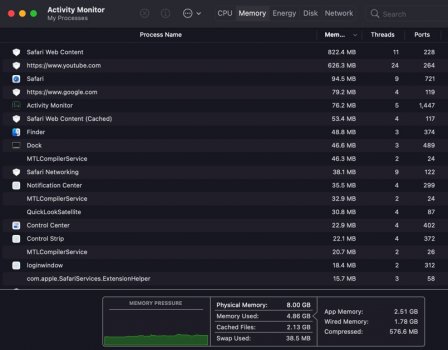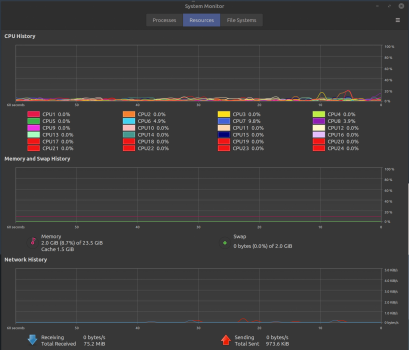Sorry that’s wrong. Windows, macOS and Linux on x86 chipsets handle memory more or less the same way. It’s Intel or AMD’s chipset that is handing memory management and the operating systems have to play along with that. Cross platform apps such as Adobe’s Creative Suite or MS Office utilize memory the same way across Windows and Mac too.
Now when it comes to SOC devices with a different processor architecture and unified memory architectures, memory can be handled very differently. Hence iOS and iPadOS can do great things with little RAM.
Nope. That’s not how it works. Memory management is the functionality of an operating system which handles or manages primary memory and moves processes back and forth between main memory and disk during execution. Memory management keeps track of each and every memory location, regardless of either it is allocated to some process or it is free.
Paged allocation divides the computer's primary memory into fixed-size units called page frames, and the program's virtual address space into pages of the same size. The hardware memory management unit maps pages to frames. The physical memory can be allocated on a page basis while the address space appears contiguous.
So you are right in that the CPU plays an important role in memory management, but the operating system’s design is even more prevalent to the end-user. You can have an ARM architecture running iOS or macOS, where the memory utilization and technology behind it works completely different, based on use-case (e.g prioritize battery efficiency on mobile vs performance on desktop).
As an example you should check out computers with a lot of memory installed, e.g 64GB internal ram. When you profile the system, you’ll see macOS takes the majority because it can so. It may not need it, but it allocated it anyway. Another operating system may not exhibit the same behavior because of different priorities. The same way a real-time operating system (RTOS) prioritizes exact timing of execution over anything else which makes it suitable for cars, space ships, what have you. Regardless of running on what suitable architecture. That involves completely different memory and process management as well. It may not be a great choice for consumers and creative pros alike because of the OS design priorities, and perform poorly for them as a result.
My guess - and tests will tell - is that the SoC is very efficient at swapping memory with virtual memory (SSD) to start with, amongst other architectural changes that make a straight comparison with Intel difficult. 16gb may simply not matter as much on the low to mid-end.
Secondly, they probably optimized the M1 version of macOS to play to the M1’s strengths such as making more use of the neural chipset and GPU on an operating system level, and in addition they may have made macOS less resource hungry through optimization of services and processes we all use today but that’ll be limited on a desktop where you can’t control a wide variety of use-cases as much, as opposed to iOS or iPadOS.




